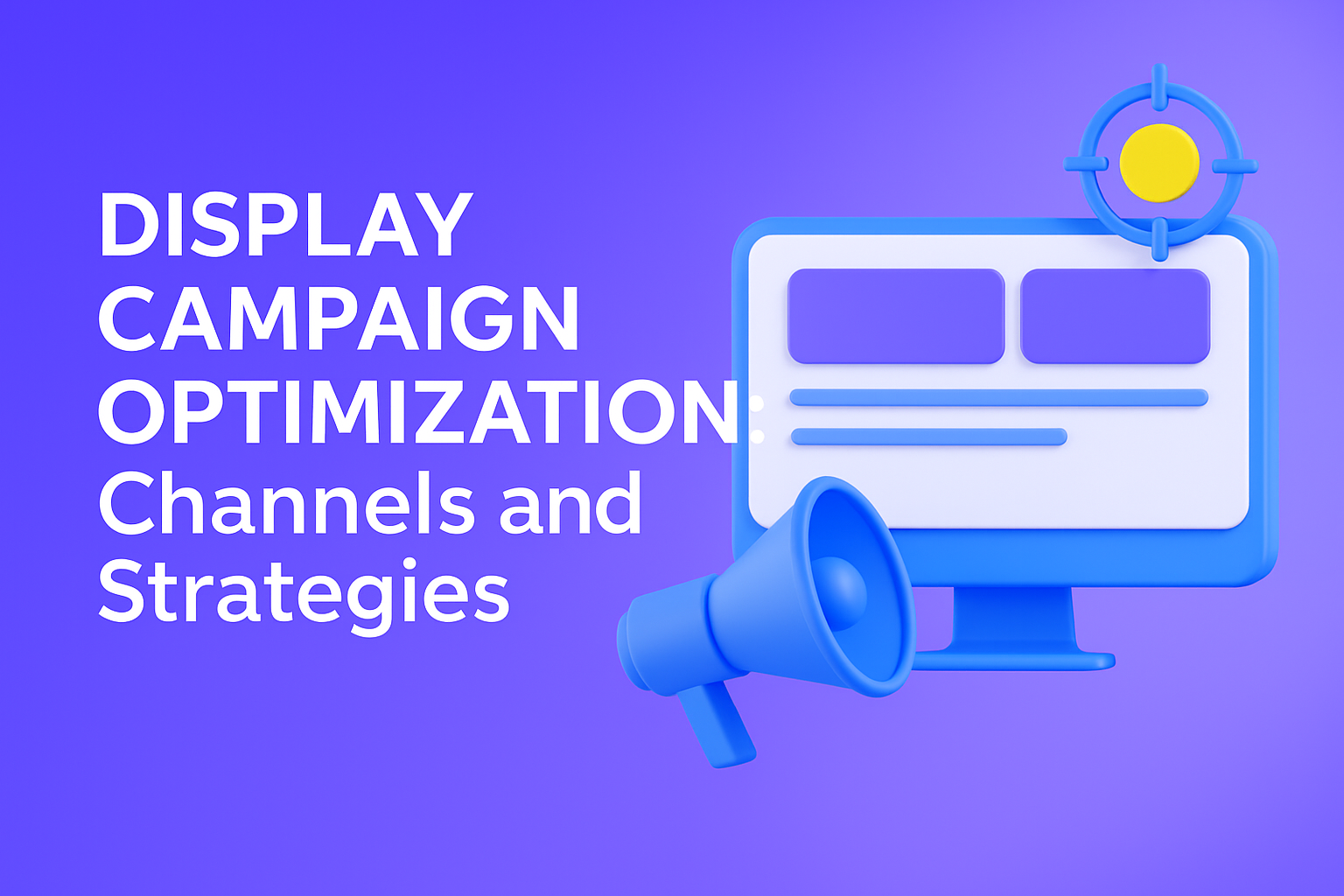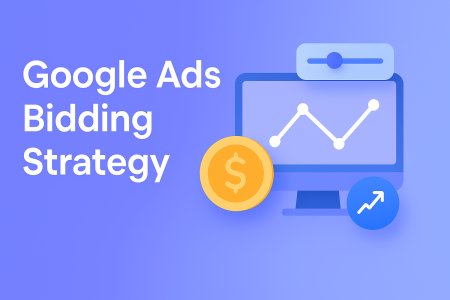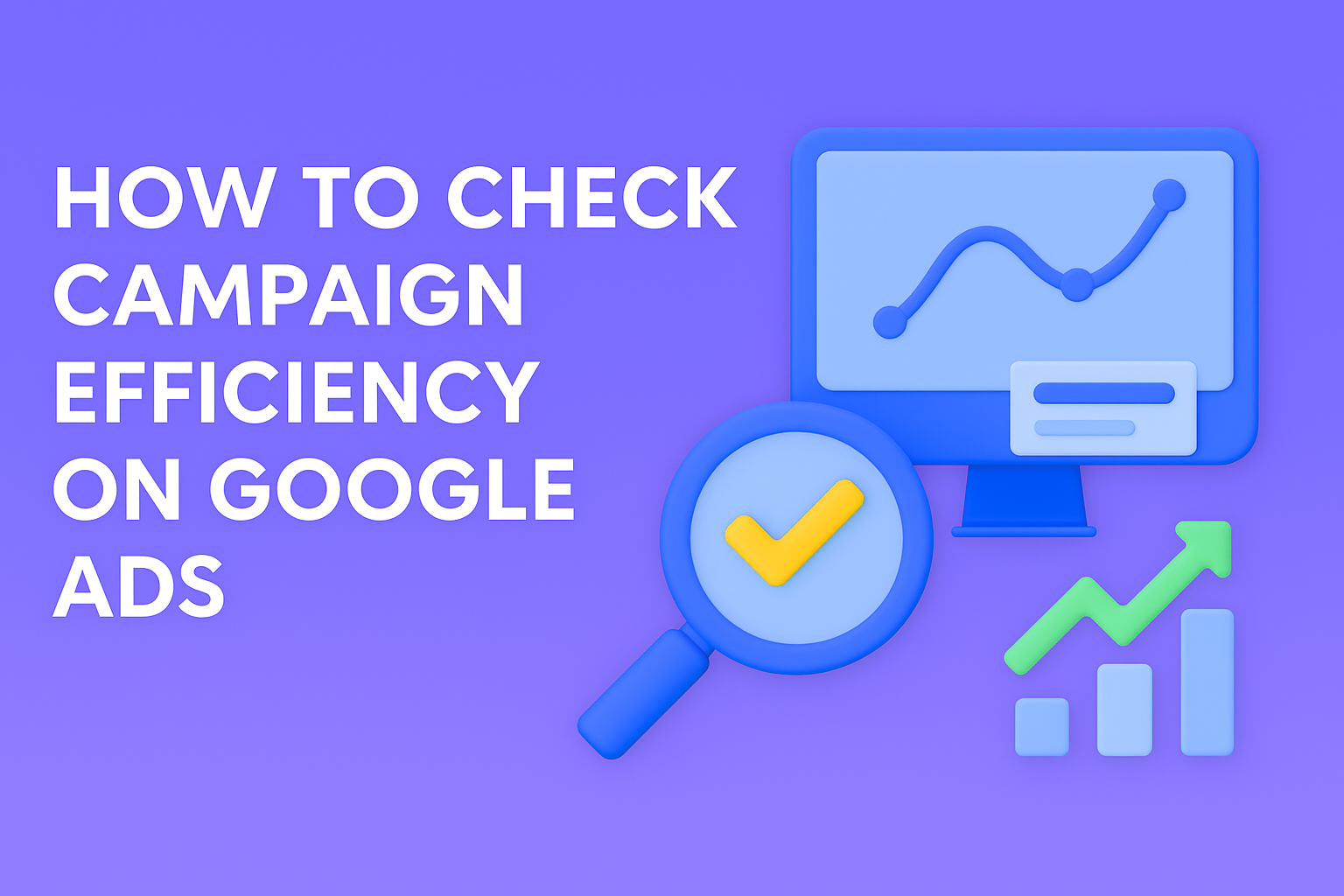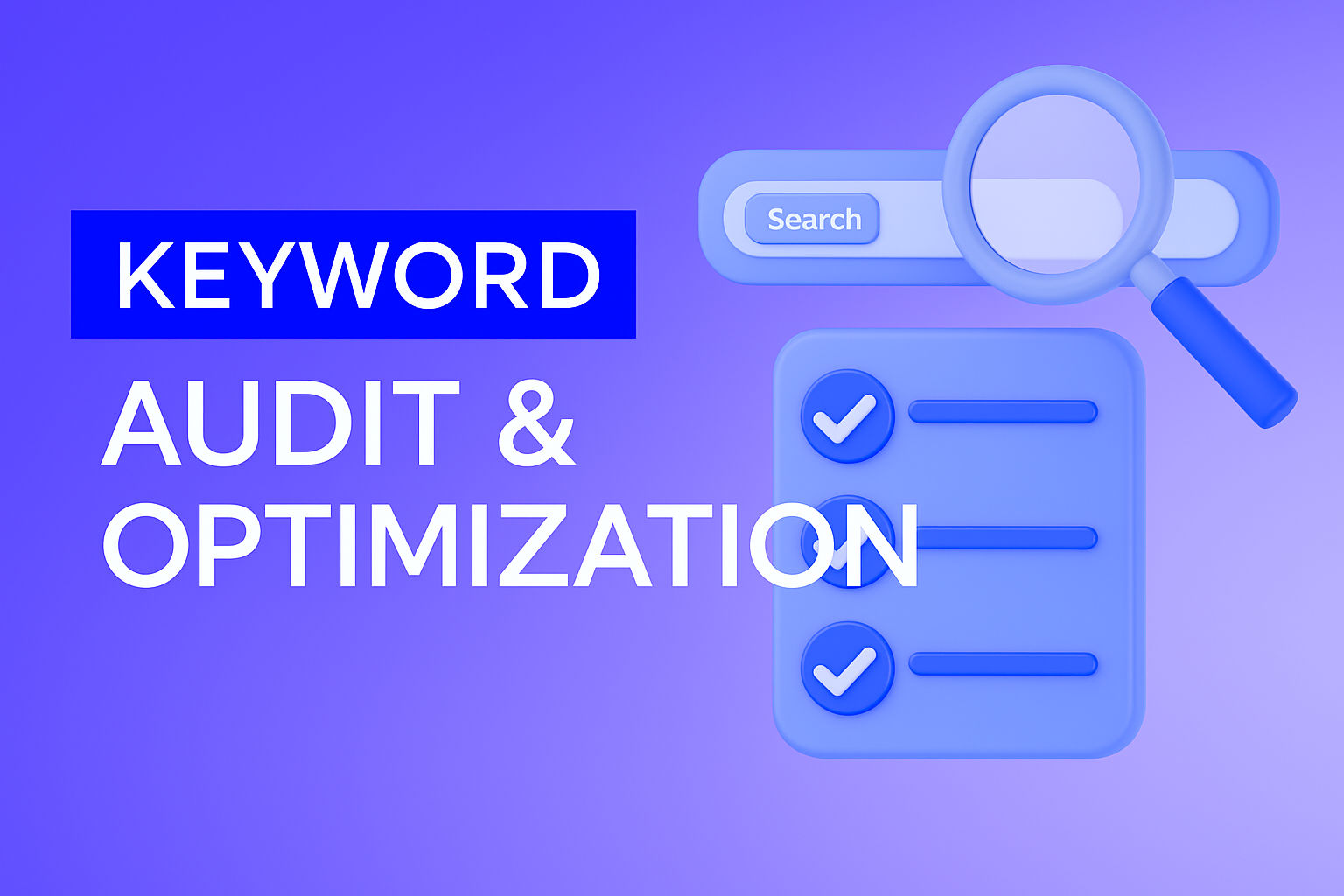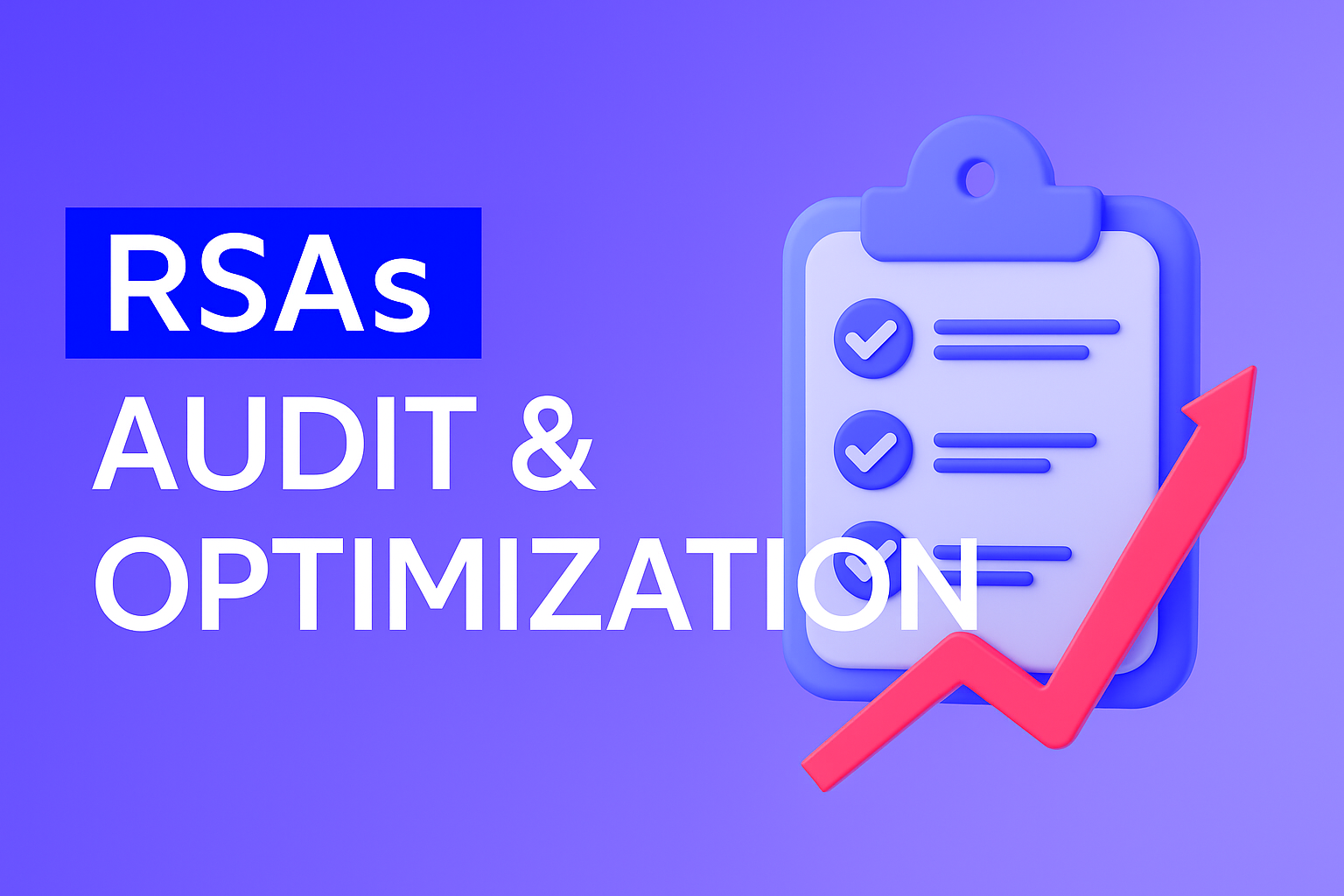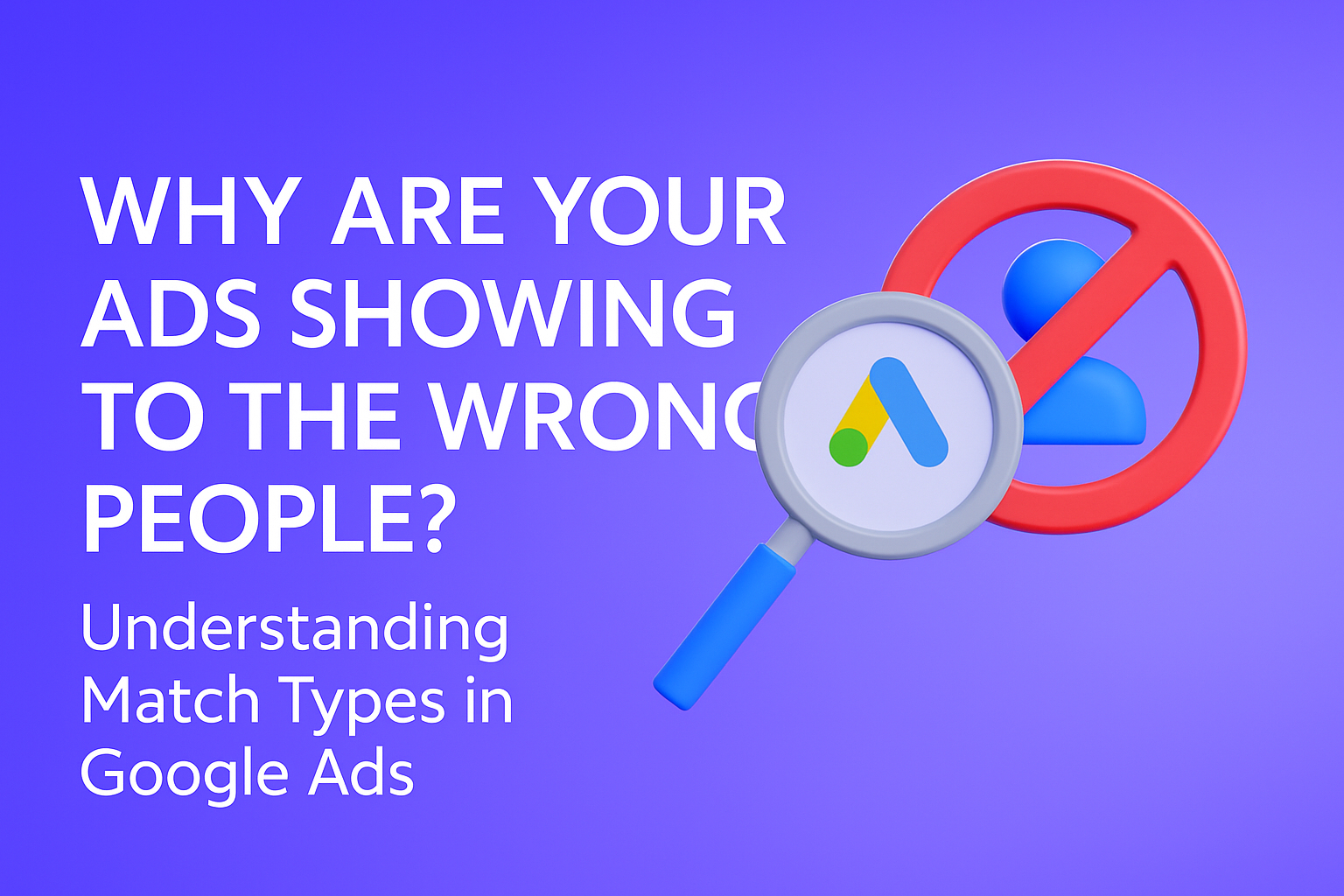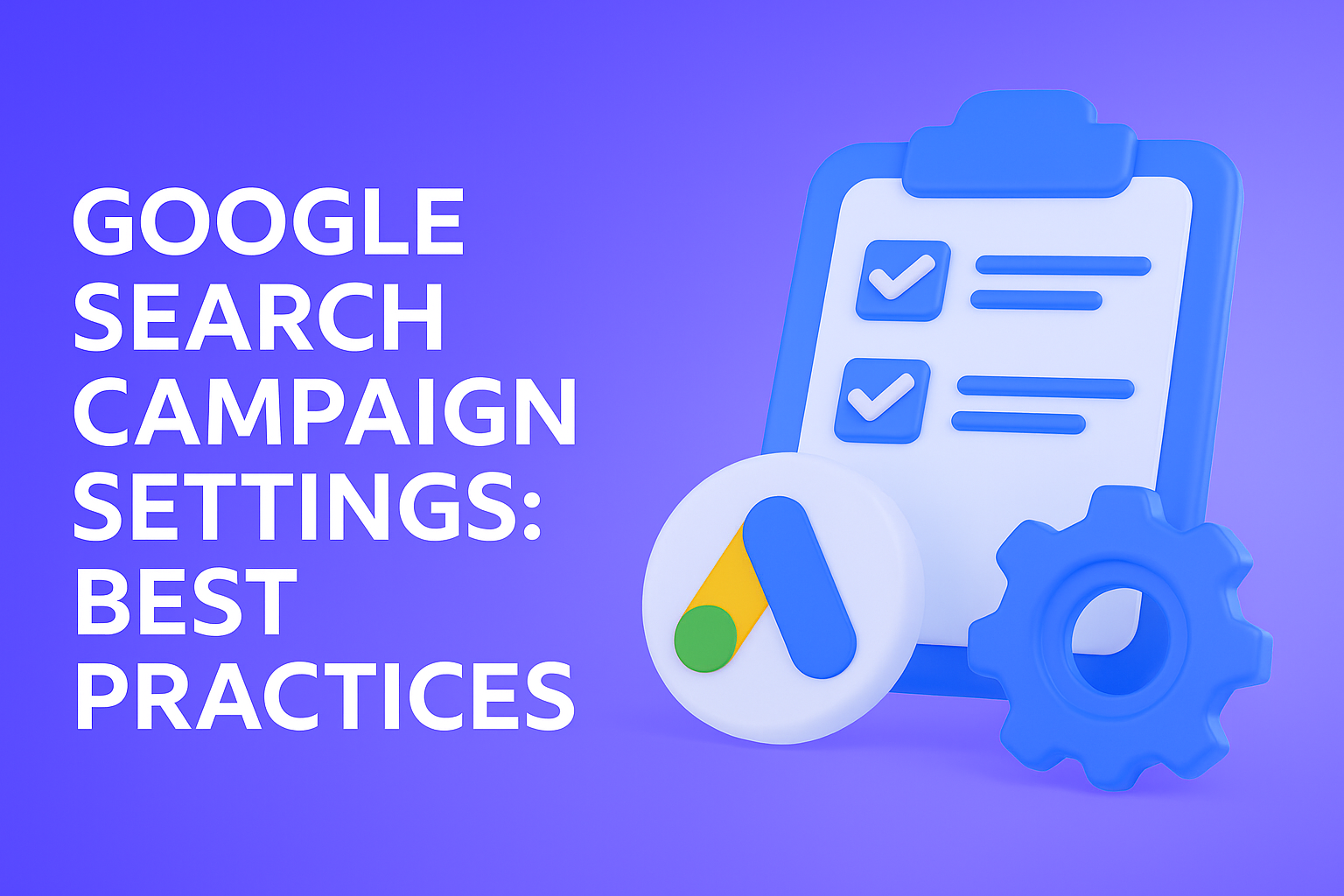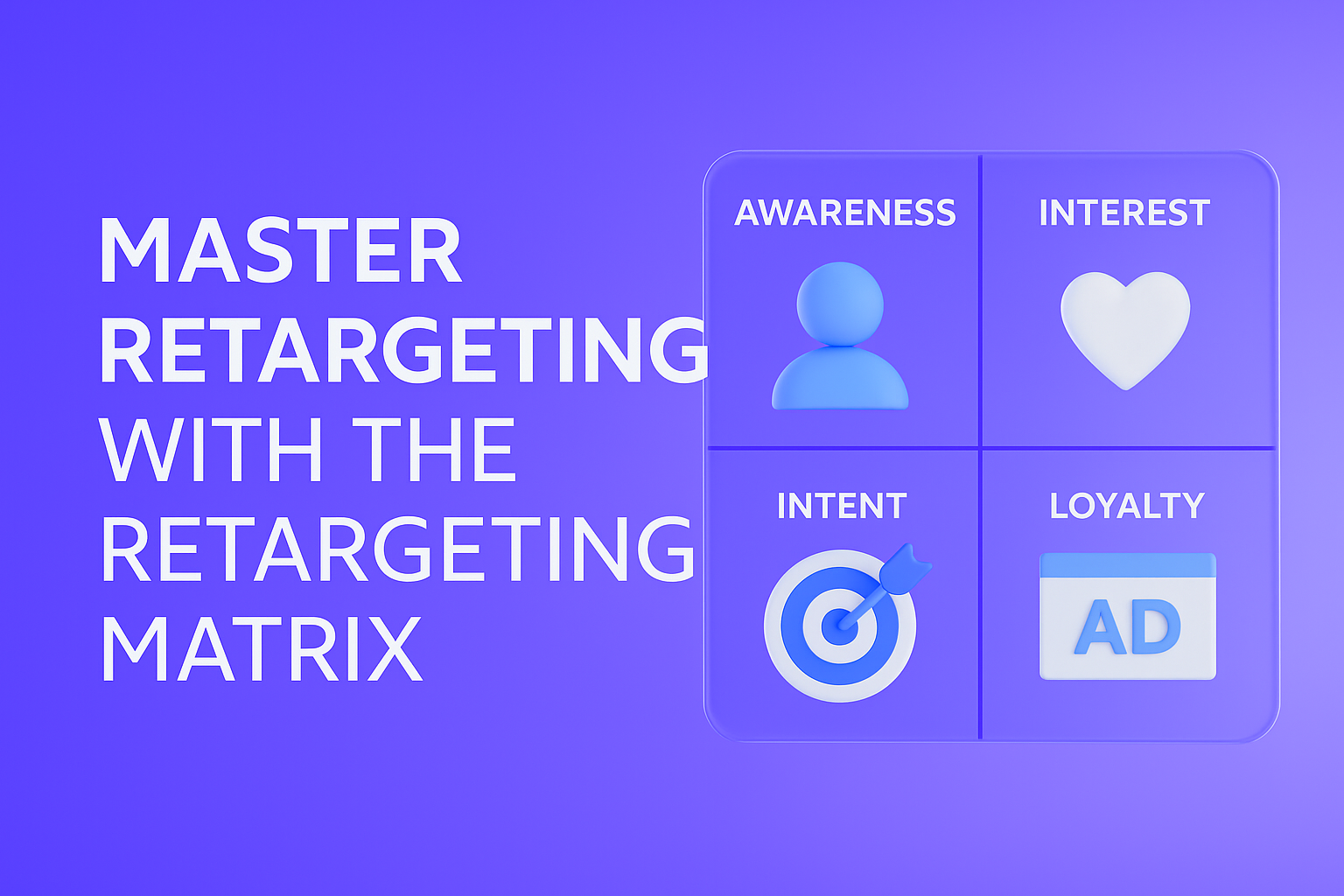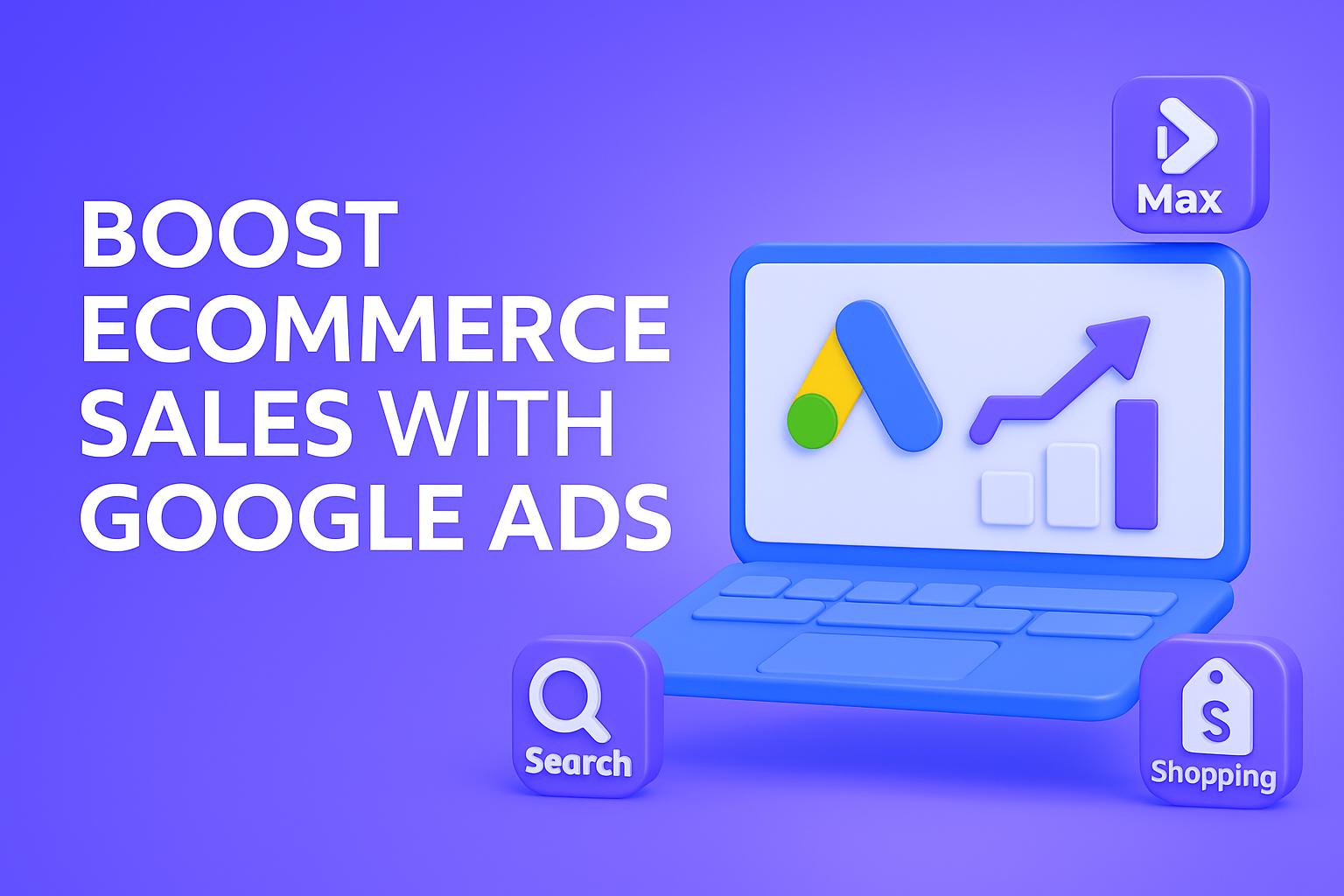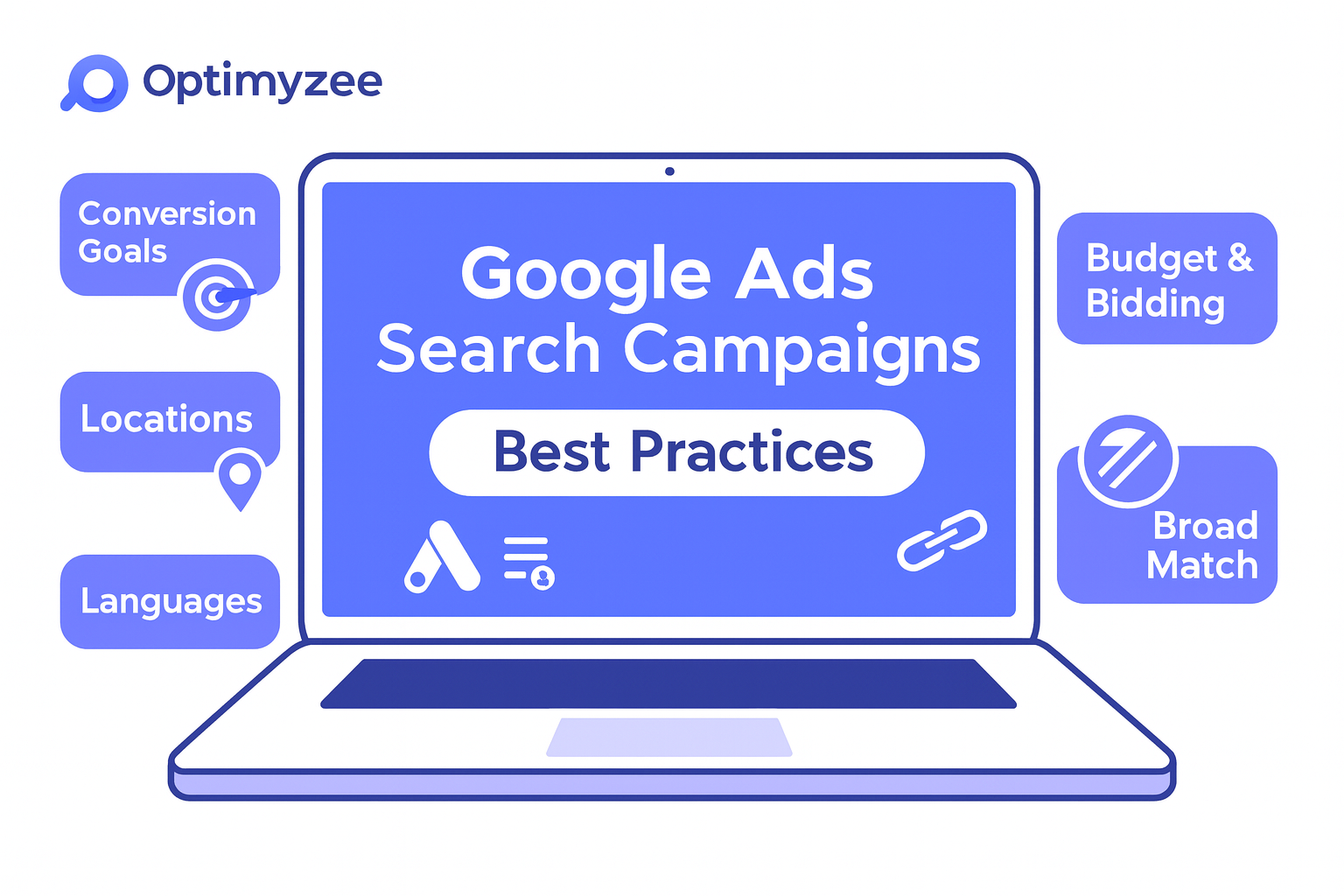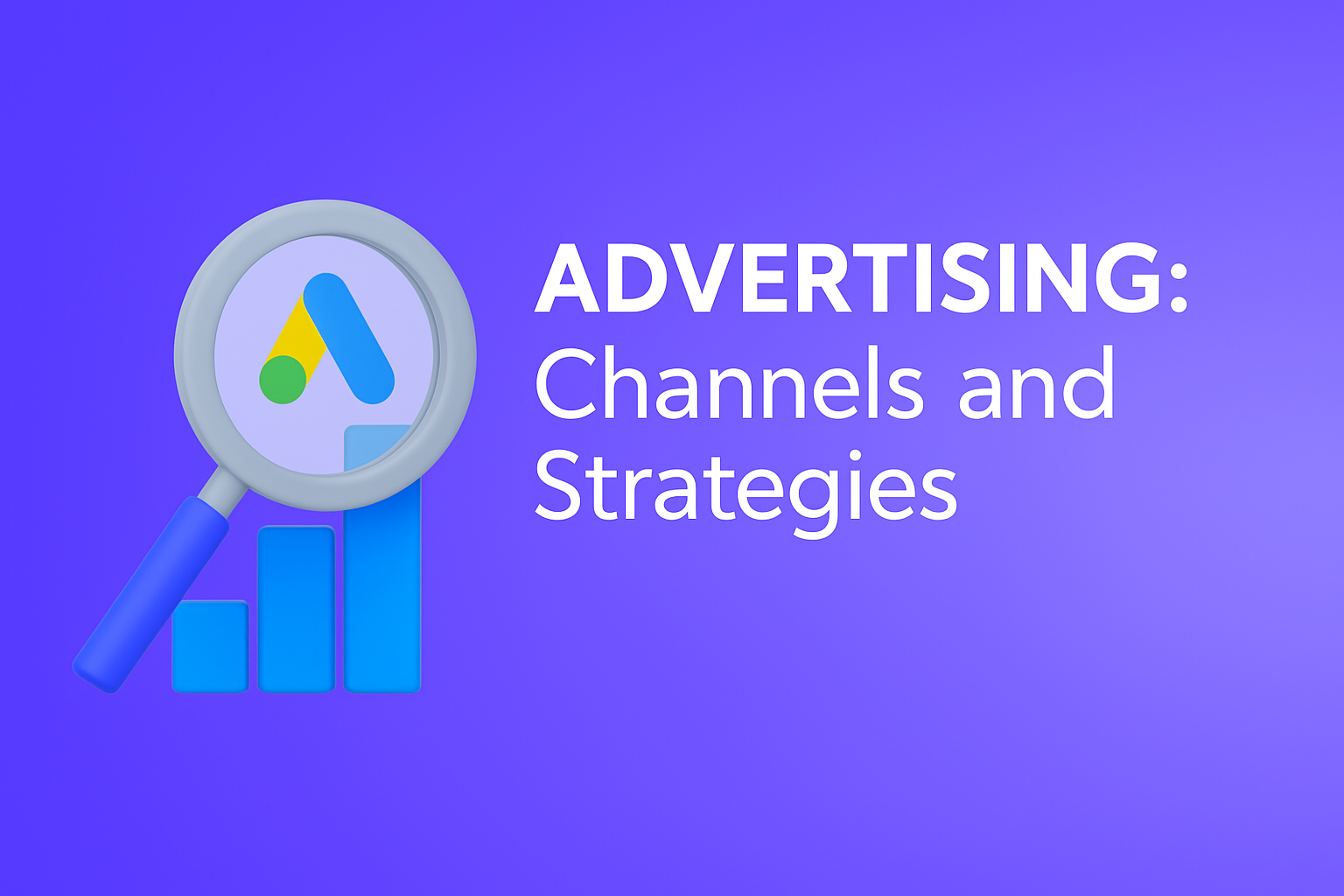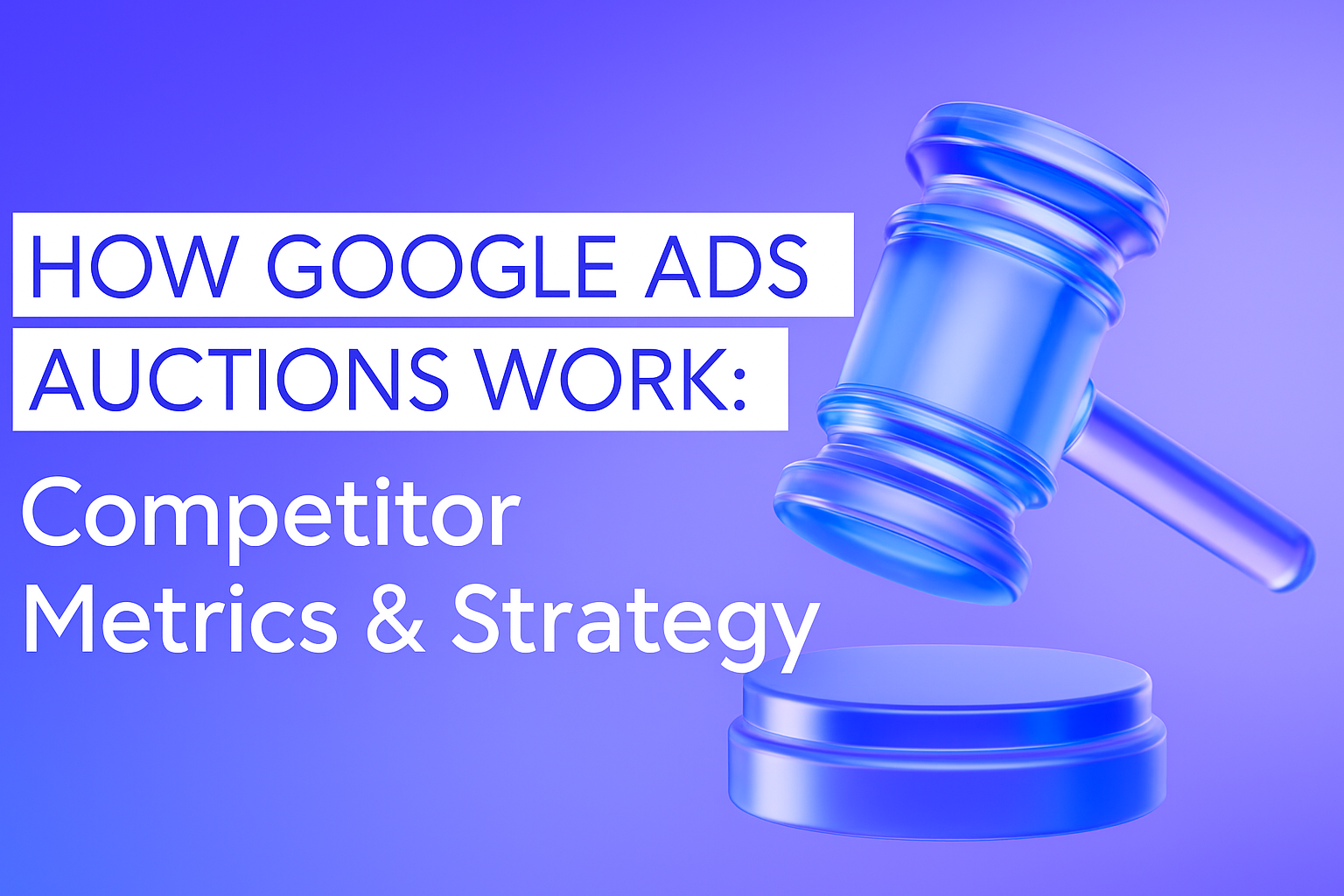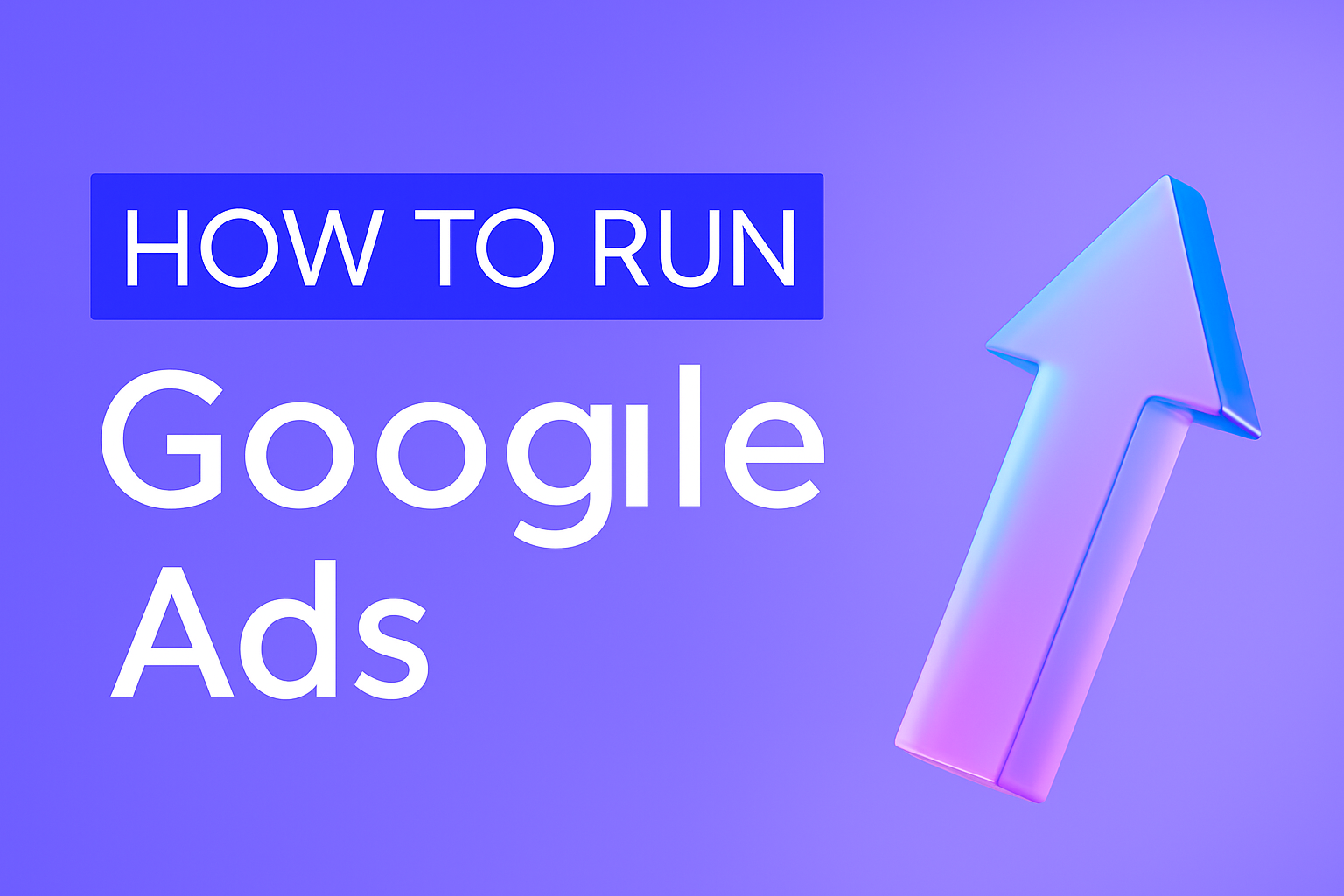Introduction
Display advertising remains one of the most powerful tools for building brand awareness, driving traffic, and influencing purchasing decisions across the web. However, without proper optimization, even a well-funded campaign can fail to deliver measurable results.
This guide explores how to optimize display campaigns effectively – covering key advertising channels, advanced targeting methods, creative testing strategies, and data-driven techniques to maximize performance and return on investment.
Foundational Components of Display Campaigns
Before optimization begins, a strong campaign structure must be in place. The following components form the foundation of a high-performing display campaign:
- Campaign Structure: Organize campaigns logically by objective, audience, or product category. Each ad group should have a clear, singular focus to make performance tracking easier and targeting more precise.
- Targeting Layers: Combine demographic, geographic, and behavioral targeting. Use remarketing segments to re-engage interested users and in-market audiences to reach those ready to purchase.
- Creative Assets: Mix static images, responsive display ads, and short-form video creatives to appeal to varied user preferences.
- Placements and Contexts: Ads can appear on millions of websites, apps, and YouTube channels – so choose placements that align with your audience’s interests and content consumption habits.
- Bidding and Budget: Align bidding strategies (manual, automated, or smart bidding) with campaign goals, whether focused on reach, engagement, or conversions.
- Tracking and Measurement: Accurate tagging and conversion tracking are crucial for evaluating success and identifying areas for improvement.
Channels for Display Advertising
Google Display Network (GDN)
The Google Display Network reaches over 90% of internet users worldwide, making it ideal for broad visibility and remarketing. It offers precise audience and contextual targeting, allowing advertisers to show ads to users based on interests, intent, or website content.
YouTube Display and Video Ads
YouTube placements can strengthen campaign performance through dynamic storytelling. Using video and discovery formats increases engagement and recall, especially for upper-funnel brand awareness campaigns.
Programmatic Advertising (DSPs)
Programmatic platforms automate ad buying across multiple exchanges, offering real-time bidding and data-driven targeting. They enable advertisers to optimize inventory, audiences, and creative delivery at scale.
Social Display Networks
Display ads across Meta, LinkedIn, and X (Twitter) environments extend your reach to highly engaged audiences within social contexts, providing valuable demographic and professional targeting.
Native Advertising Networks
Networks like Outbrain and Taboola integrate display creatives within editorial content, resulting in higher engagement and improved contextual relevance.
Core Optimization Strategies
Audience and Segmentation Optimization
A well-defined audience strategy is the foundation of a successful display campaign. Start with broader segments to gather initial data, but continuously refine them based on engagement and conversion insights. Use first-party data for remarketing, create lookalike audiences to discover similar users, and exclude those who have already converted.
Segmenting by behavior – for example, separating recent visitors from users inactive for 30 days – helps tailor your messaging for each audience’s stage in the buying journey.
Optimized Targeting (On/Off Settings)
One of Google’s newer features, Optimized Targeting, can significantly influence campaign performance. When enabled, it allows Google’s machine learning to expand your reach beyond your defined audience segments, showing ads to users with similar characteristics or intent signals that indicate potential interest.
This can be beneficial when launching new campaigns or when your remarketing lists are small, as it helps discover new converting audiences. However, it’s not always ideal for every scenario.
When to keep Optimized Targeting ON:
- You’re in the testing or scaling phase and want to reach similar users to your best converters.
- You use automated bidding (e.g., Target CPA or Target ROAS), which aligns well with Google’s predictive algorithms.
- You have strong conversion tracking and sufficient historical data.
When to keep Optimized Targeting OFF:
- You’re running highly controlled campaigns (e.g., B2B or niche targeting) where you want strict audience precision.
- You’re testing performance of specific segments or creatives and want to eliminate extra variables.
- Your budget is limited and every impression must go to a known audience segment.
The key is to test both settings – start with Optimized Targeting on, evaluate the conversion quality, and turn it off if impressions rise but conversions don’t improve.
Creative and Message Testing
Ad creatives directly influence engagement and click-through rates. Regularly test visuals, headlines, and calls-to-action to discover what resonates best. Responsive display ads make this easy by automatically testing multiple combinations of assets.
Keep ad visuals fresh to prevent creative fatigue, and ensure your ad message and landing page are tightly aligned to maintain user trust and continuity.
Placement and Contextual Optimization
Placement analysis is one of the most powerful levers for improving efficiency. Regularly review placement reports to identify underperforming websites, YouTube channels, or mobile apps, and exclude those with low engagement or irrelevant content.
App Exclusions
Mobile app placements can often consume large portions of your budget without meaningful conversions. This is because many app impressions come from accidental clicks or low-intent users.
To improve campaign quality:
- Exclude app categories that don’t match your audience (e.g., mobile games or children’s apps).
- Use content exclusions in Google Ads to avoid mobile app traffic entirely if it doesn’t serve your goals.
- Analyze placement data periodically – if specific apps generate clicks but no conversions, add them to your exclusion list.
By refining app placement, you can direct more budget toward relevant sites where users are genuinely interested in your offer.
Similarly, contextual optimization ensures your ads appear in environments that align with your message. Use keyword and topic targeting to display ads alongside relevant content, and exclude categories that don’t fit your brand (e.g., sensitive or controversial topics).
Bidding, Budget, and Performance Allocation
Monitor performance by audience, device, and placement. Reallocate budgets to segments with high engagement and conversion rates.
Smart bidding strategies like Target CPA or Target ROAS help maintain efficiency, but manual bid adjustments still play a valuable role – especially when you need to react quickly to performance fluctuations or seasonal trends.
Frequency, Timing, and Ad Fatigue Control
Excessive ad exposure can reduce engagement and harm brand perception. Set frequency caps to limit impressions per user and use ad scheduling to show ads only during hours or days when engagement and conversion rates are highest.
Landing Page and Conversion Funnel Optimization
A well-optimized landing page reinforces your ad’s message and provides a seamless user experience. Ensure consistency in visuals and tone, improve loading speed, and simplify the conversion process. Small adjustments like adding trust elements (reviews, badges) or shortening forms can dramatically improve conversion rates.
Measurement, Analytics, and Continuous Improvement
Optimization is a cycle of analysis and refinement. To measure success, focus on key performance metrics such as:
- Impressions – how often your ads appear.
- Click-Through Rate (CTR) – how engaging your ads are.
- Conversion Rate – how effectively ads drive desired actions.
- Cost per Acquisition (CPA) – how efficiently your budget is spent.
- View-Through Conversions – how display ads influence users who convert later through other channels.
Regularly conduct campaign audits to identify underperforming segments. Remove placements or creatives with low engagement, increase bids for high-value audiences, and continually test new creative variations.
Long-term success comes from incremental improvements guided by real performance data.
Common Mistakes to Avoid
Even experienced advertisers make mistakes that limit campaign performance. Avoid these common issues:
- Using overly broad or overlapping targeting.
- Ignoring creative testing or rotation.
- Relying entirely on automation without performance reviews.
- Failing to exclude irrelevant or low-quality placements.
- Neglecting mobile optimization or responsive design.
By staying proactive and data-driven, you can prevent wasted spend and ensure continuous improvement.
Conclusion
Optimizing display campaigns is not a one-time process – it’s a continuous journey of testing, learning, and refining. The most successful advertisers combine data-driven insights with strategic creativity, balancing automation with human judgment.
By mastering audience segmentation, creative testing, placement control, and performance analysis, you can transform your display campaigns into high-performing engines that build visibility, drive engagement, and deliver measurable business results.
